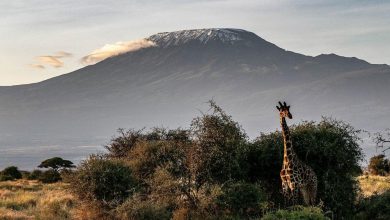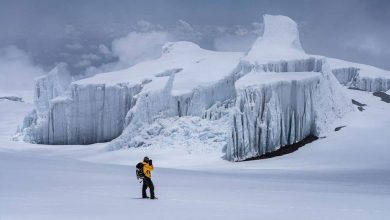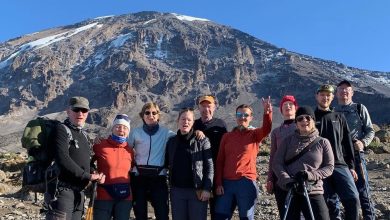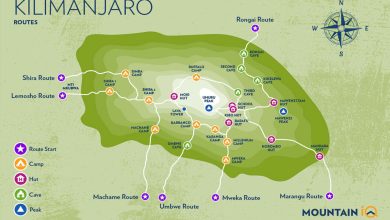How Long Does It Take to Climb Kilimanjaro?
Going with the longer 7- 9 days of expedition rather than shorter 4- 5 days with quick ascend, will increase the successful scaling all the to the summit by a large scale.
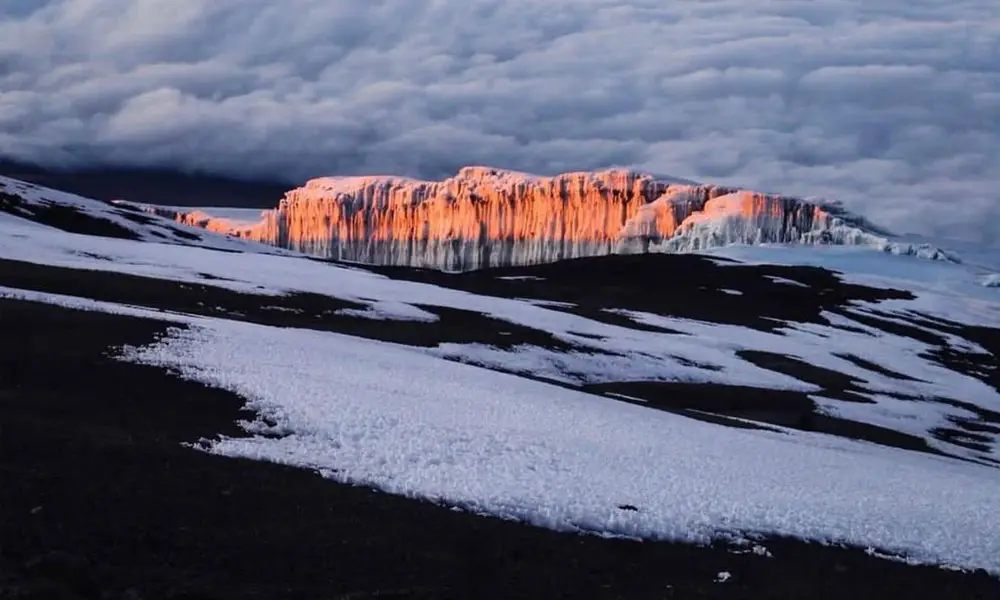
It takes approximately five to nine days to complete the expedition of Mount Kilimanjaro (5,895 meters), the tallest free-standing mountain in the African continent. Although the conquest of the African Peak is considered a ‘walk-up’ adventure, it will be wise not to underestimate this fascinating mountain. As the overall static shows, the overall success rate of the Kilimanjaro expedition is between 45%- 50%.
Is It Hard to Climb Mount Kilimanjaro?
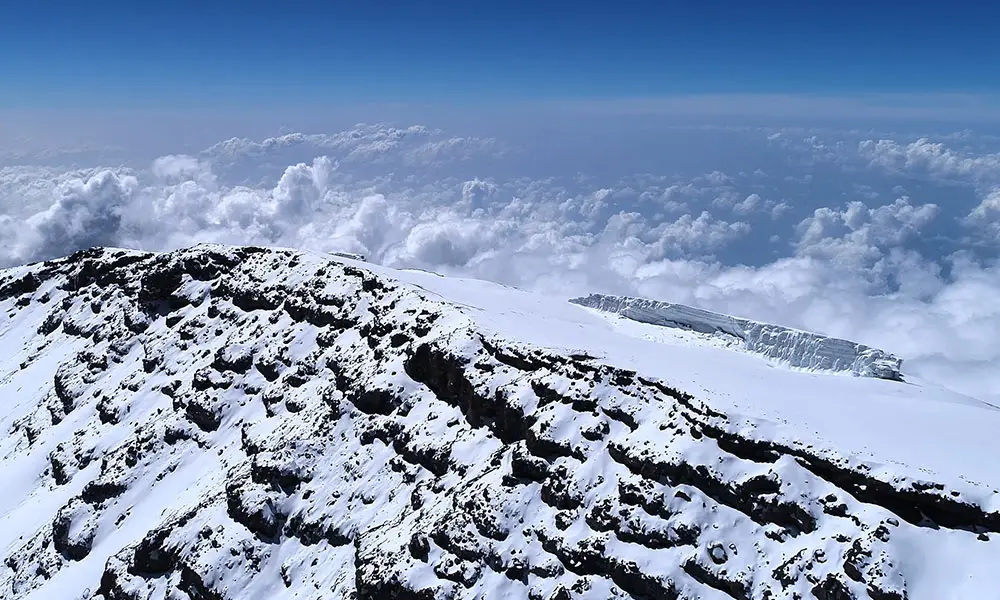
Although in comparison to the deadly cold region of the Himalayas, the adventure to the only free-standing mountain away from the snowy slopes may seem like an easy target. However, the summit can be an impossible dream without the right preparation.
Due to some of the major elevation jump points in the expedition to Kilimanjaro, the chances for altitude sickness are significantly high. Not, all the mountaineering enthusiasts trying to scale the summit of the tallest mountain in Africa make it all the way to the top. But, scaling to the summit of Kilimanjaro isn’t impossible.
With relatively half the success rate, despite being graded a non-technical mountain, the ascent to the summit of this massive Stratovolcano mountain isn’t an easy feat. The most common mistake climbers make during their expedition to Kilimanjaro is that they chose shorter trekking considering the lack of technical segments in the walk-up mountain. According to statistics the more time an expedition team takes to scale the mountain, the higher their success rate to complete the expedition.
So, going with the longer 7- 9 days of expedition rather than shorter 4- 5 days with quick ascend, will increase the successful scaling all the to the summit by a large scale. And, with the right amount of physical training and determination, the conquest of the tallest mountain in Africa isn’t a far-fetched dream.
How Long Does It Take to Climb Kilimanjaro? | Climbing Routes
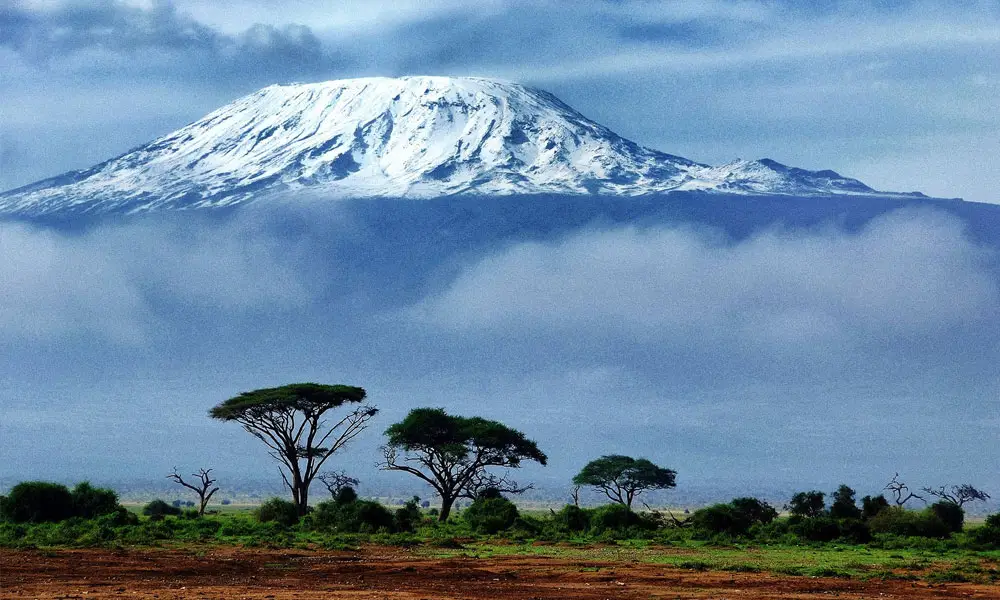
The expedition on the slopes of the tallest mountain in Africa does offer several variations, there are a total of seven climbing routes that you can choose from for your ascent. Each of the routes has its own pros and cons, that you should consider before signing up for the adventure.
There are basically seven climbing routes in the adventure to the summit of the Stratovolcano mountain:
| Available Routes | Route Distance | Number of Days |
| Marangu Route | 64 km (40 miles) | 5 |
| Umbwe Route | 37 km (23 miles) | 6 |
| Rongai Route | 65 km (23 miles) | 6 or 7 |
| Machame Route | 49 km (30 miles) | 6 or 7 |
| Lemosho route | 66 km (35 miles) | 7,8 or 9 |
| Northern Circuit | 66 km (35 miles) | 8 or 9 |
| Shira Route | 56 km (33 miles) | 6,7 or 8 |
If you are looking for a short-lasting adventure in the mountain the Marangu and Umbe routes are the best options, with an average expedition of 5 days, Your conquest of the Kilimanjaro mountain will be complete within the 5 days. However, if you are not an experienced mountaineer or you haven’t done high-altitude trekking, both of these routes can be a bit too much for you.
Only for mountaineers enthusiasts who have recently climbed a high-altitude mountain and are with the element of the pre-acclimatization process. These short routes with relatively quicker ascend and descend won’t put much toll on their body as it used to acclimatization process.
Both Marangu and Umbwe are quick-paced routes with short periods to get accustomed to the acclimatization process. Thus, if you are relatively new to climbing and don’t share many experiences with similar high-altitude adventures, it will be better if you stick with the longer routes with enough period to adapt to the significant elevation of the mountain.
On the other hand, the Rongai, Machame, Lemosho, Northern Circuit, and Shira routes are the longer alternative routes lasting from 6 to 9 days. These five routes give enough time for the climbers to get accustomed to the acclimatization process. So if you are new to trekking and climbing adventures, taking these longer alternatives will increase the chances for successful scaling of Mt. Kilimanjaro.
Relevant articles:
- Where is Mount Kilimanjaro?
- First Person to Climb Mount Kilimanjaro
- South African Dr. Pieter Swart’s Devastating Death On Everest
- Nepali Sherpa Saves Malaysian Climber From the Everest
Do You Need to Be Fit to Climb Mt. Kilimanjaro?
To be blunt, Yes!! Physical fitness comes hand-to-hand when comes to trekking in the high-altitude region or scaling a mountain. But, it doesn’t mean that you need to be in top shape to set out on the exploration of the freestanding mountain.
With the right amount of training, physical exercise, and hiking on natural trails carrying a backpack or rucksack does increase the chances for a successful summit. The mountaineering expertise suggests that taking the time with the acclimatization process will help a lot for the success of the freestanding mountain. So, make sure you are choosing the right trekking routes and packages that will increase the chances of a successful summit considering your physical abilities, don’t push yourself, it can be dangerous at such high altitudes.
Also, the major concern while ascending to Mt. Kilimanjaro is the risk of altitude sickness, so if you can take necessary precautions like getting enough rest, staying hydrated, using medications, and sticking with the longer acclimatization route, which will certainly contribute to chances of your successful summit.
